Want to contribute to this article?
The number of directors prosecuted by the HSE trebled in just one year. It's not just the health and safety regulator that is making leadership more accountable for the business performance. Leadership responsibilities for governing sustainability practices, data management and equal employment opportunities are also in the spotlight.
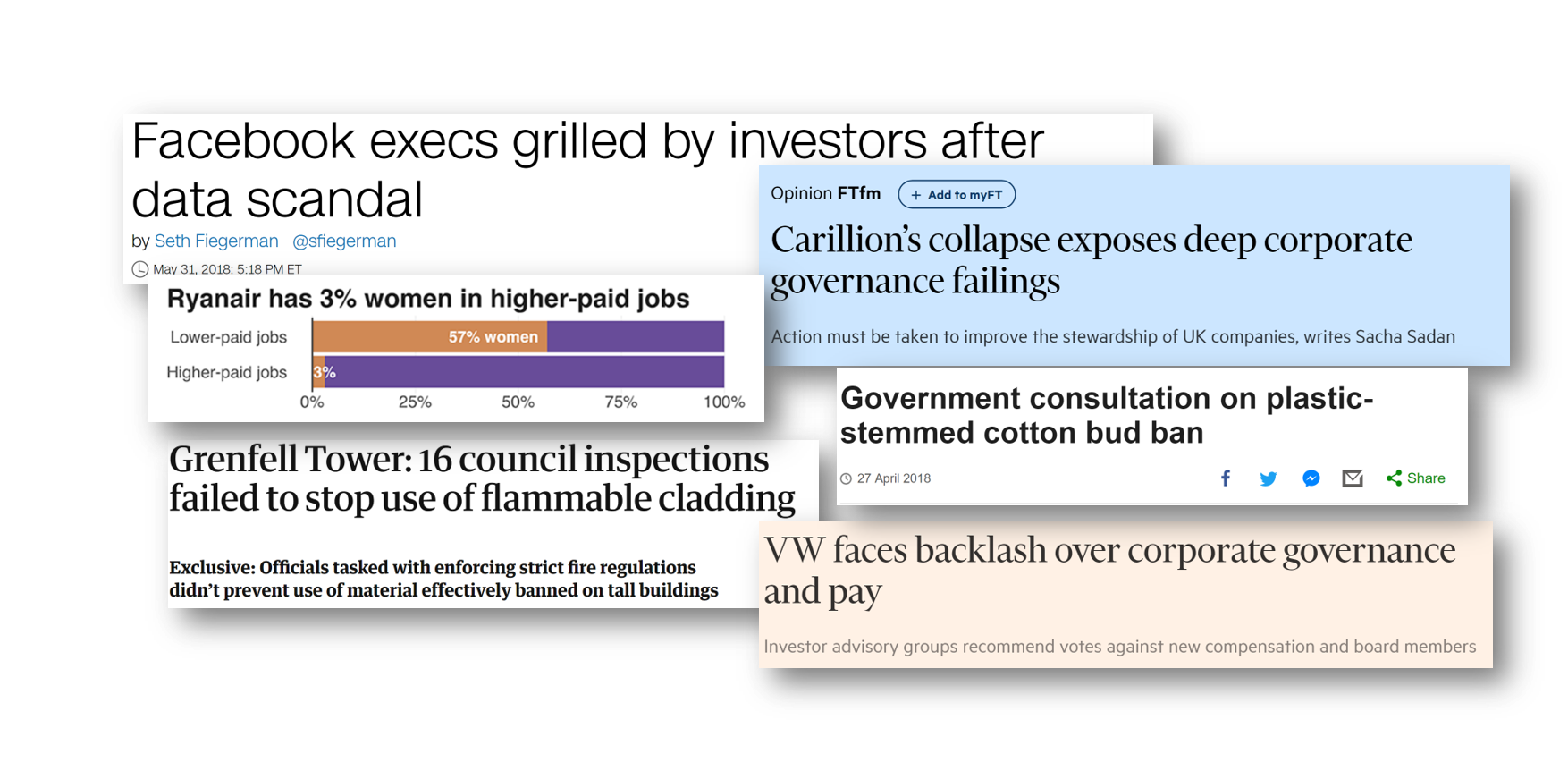
However, few leadership teams actually know how to implement a good governance programme. In fact, the Global Governance, Risk and Compliance Survey 2018 found 40% of leadership teams weren't doing nearly enough.
The issue is that governance is usually a line at the end of the management board meeting. To protect all stakeholders, we need to help leadership to play a much greater role in governing the entire business.
- Kate Armitage, Product Quality Assurance Manager at Qualsys
So what does good corporate governance look like?
Qualsys works with hundreds of SMEs and larger enterprises to improve corporate governance.
We asked Qualsys’s Product Quality Assurance Manager, Kate Armitage, to share 10 examples of corporate governance and how Qualsys helps our customers to demonstrate good corporate governance.
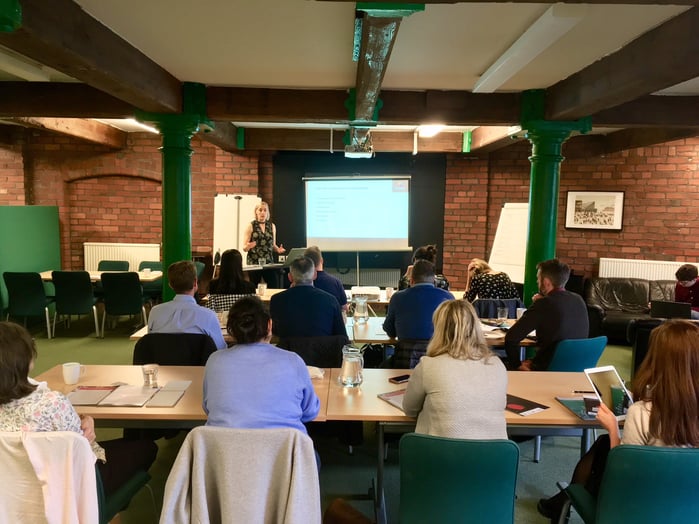
1) Integrated business management system (IBMS)
Corporate governance requires top management to direct and influence what is happening on the ground. One of the most efficient and effective ways to understand what is happening and when is to bring all management systems together.
In many businesses, each department has their own KPIs. Most of these departments never interact with the customer or other departments, and this means they are not aligned with what the customer needs / overall business goals.
Corporate governance requires an integrated business management system so that there is transparency, visibility, traceability, and cross-departmental collaboration.
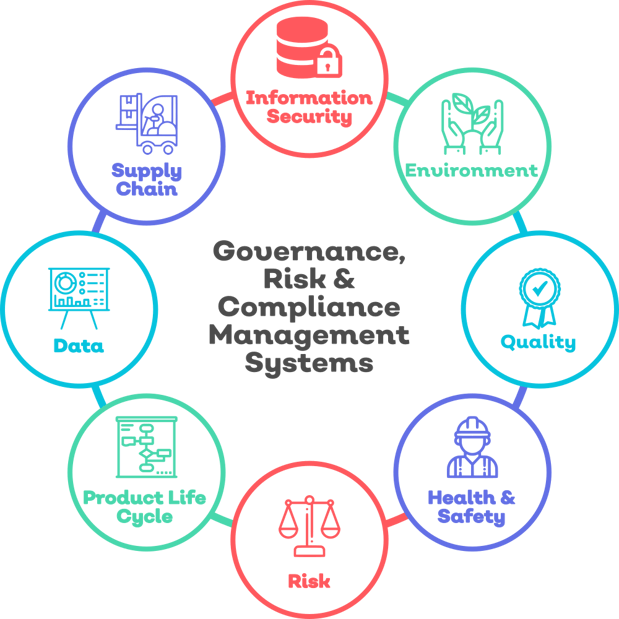
[Integrated business management system software]
2) A documented policy management system
Across any industry, corporate governance best practice requires you to document policies, procedures and processes to set expectations, establish roles and responsibilities, and communicate commitments. Every document then needs to be controlled and managed, and there needs to be evidence that employees have read, understood or rejected the policy.
Systems such as Document Manager enables your business to have unshakeable control over documents and policies.

3) ISO certification
ISO standards such as ISO 9001:2015, ISO 14001:2015 and ISO 45001:2018 provide a framework for best practice management systems.
Our GRC software provides a system to manage multiple ISO standards, without duplicating work load. We also provide a number of templates to provide inspiration and ideas to help accelerate your certification to the Standard.
4) CAPA systems
To effectively govern the business, leadership need to know about the issues, incidents and accidents, what remedial action has been taken and whether that was sufficient.
CAPA Manager enables employees to log risks, incidents and vulnerabilities from any device across the business. Notifications and workflows are then started and the status can always be traced. This is an essential tool for leadership teams to quickly understand any leaking buckets.
https://qualsys.co.uk/grc-solutions/modules/capa-software/

5) Routine internal audits
Investing in a routine internal audit programme helps not only identify issues and vulnerabilities, it provides an opportunity to take the temperature of the corporate culture.
Are employees empowered? Are management responsive to employee needs?
Qualsys provides a suite of auditing solutions which enables you to plan, schedule, audit, and produce instant reports. Findings, specific parts of checklists and actions can be sent to leadership.
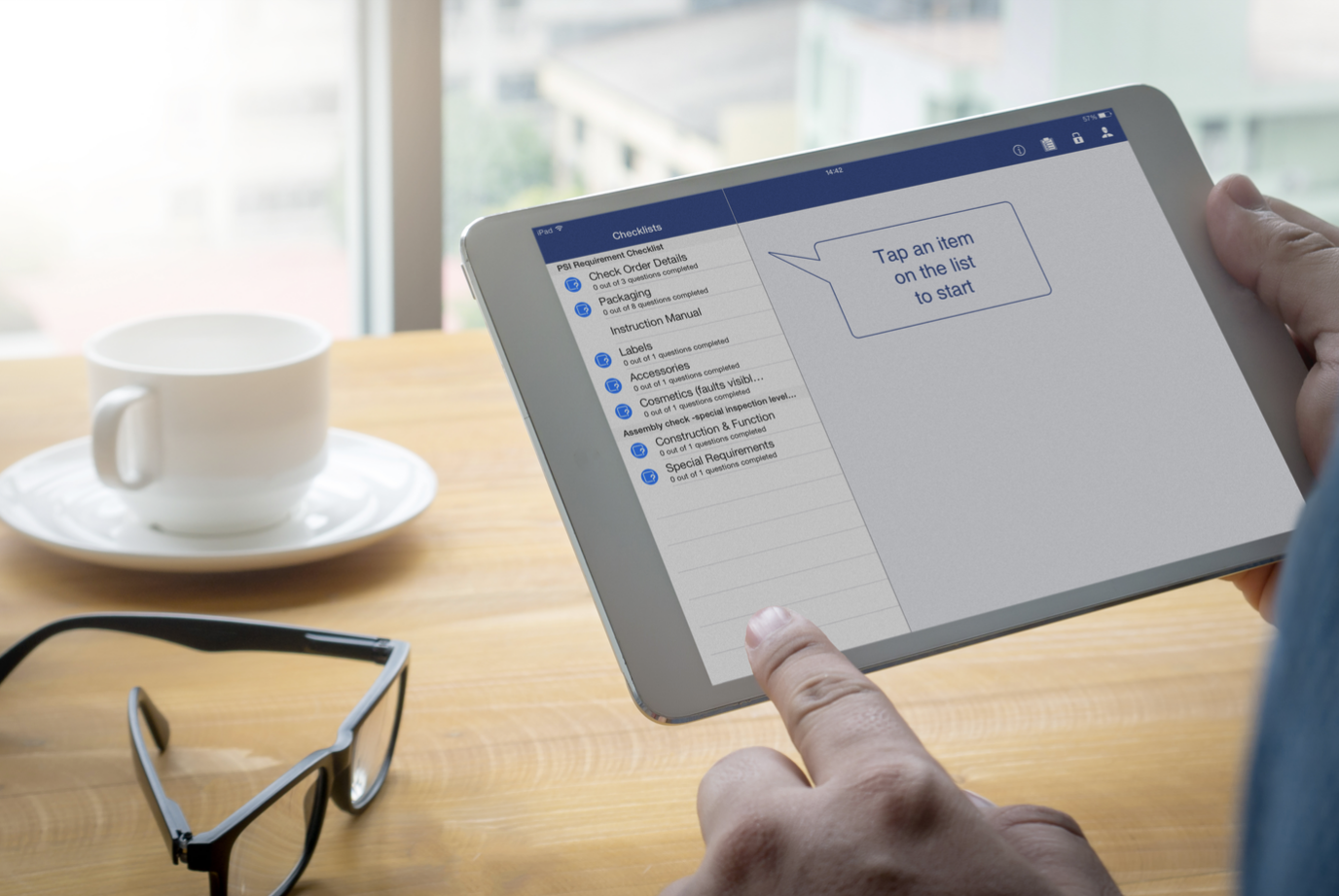
6) Training management system
Investing in employee training, competency and development is key for an engaged workforce who are accountable and take ownership.
Training Records Manager provides an employee development and competency management system to develop, up-skill and nurture your workforce.
More on Training Records Manager here.
7) Risk management
Good governance is all about identifying, assessing and managing risk.
Risk Manager provides a robust framework for managing all types of business risks. Operational, strategic, QHSE, and external risks can be measured, management can be notified and instant reports created.
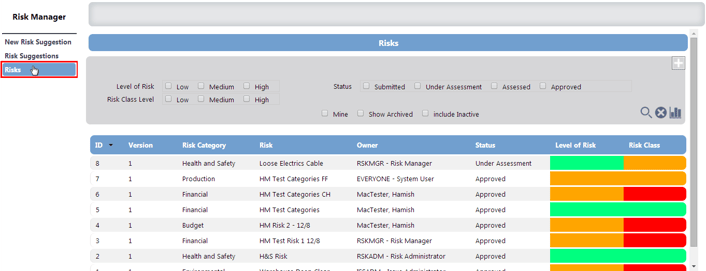
8) Supply chain
When on-boarding a new supplier, they become an extension of your business. The supplier and their supply chain can easily enhance or damage your reputation.
Good governance requires your business to know who your suppliers are, what they do, and continually monitor their performance. This can be achieved using our Supplier Manager module.
9) Equipment maintenance schedule
It is the responsibility of leadership to ensure equipment in use is safe, maintained and employees are adequately trained on how to use the equipment.
In businesses with very few assets or equipment, this can be managed on spreadsheets and emails. But as your business grows, there becomes more risks, complexity, variations and issues, so a central equipment management system is required. Equipment and Asset Manager provides a central system for best practice governance of equipment.
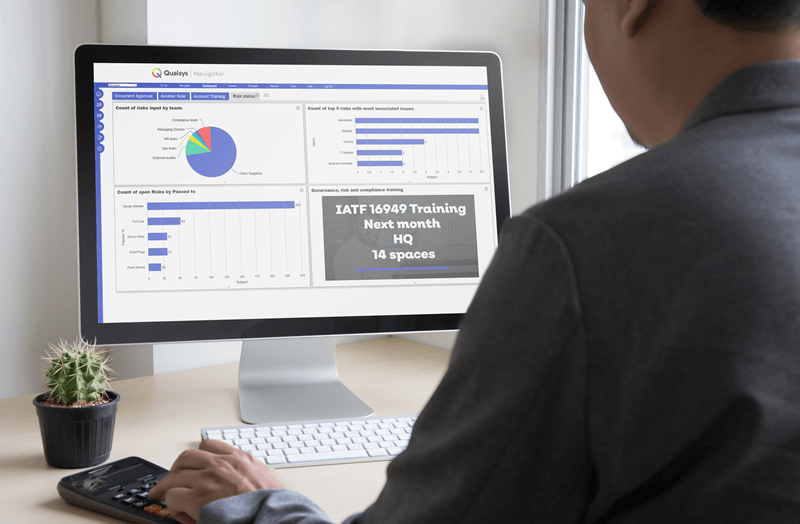
10) Reporting
Good governance relies of good data. All leadership teams need a dashboard of Key Performance Indicators so they can have a picture of how the business is performing.
Qualsys provides a GRC Dashboard reporting tool which brings data from across the business into a single view.






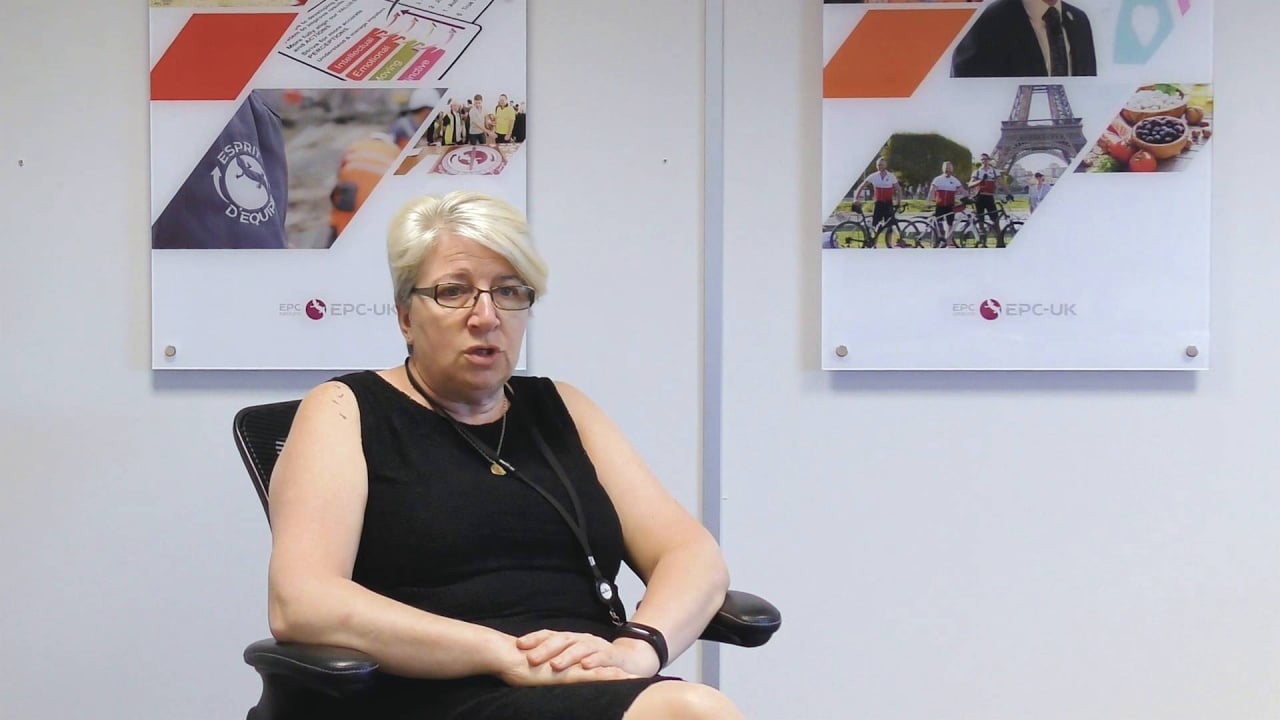
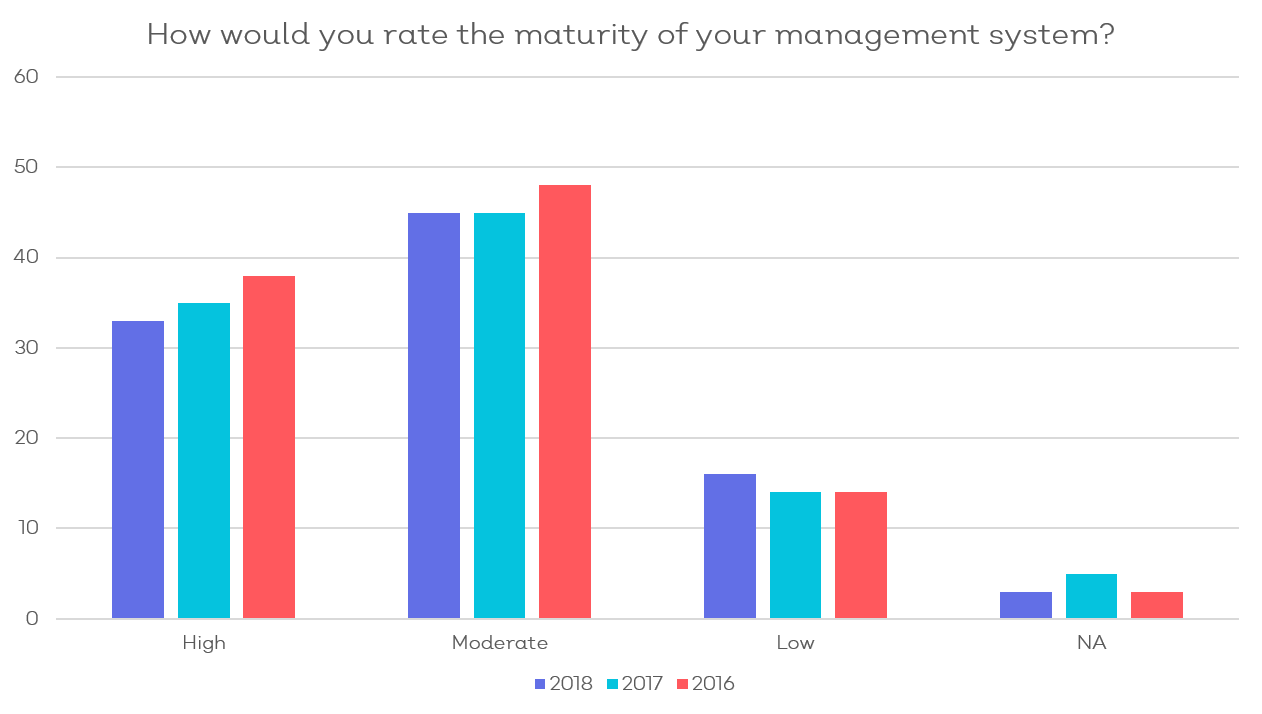
Share your thoughts on this article